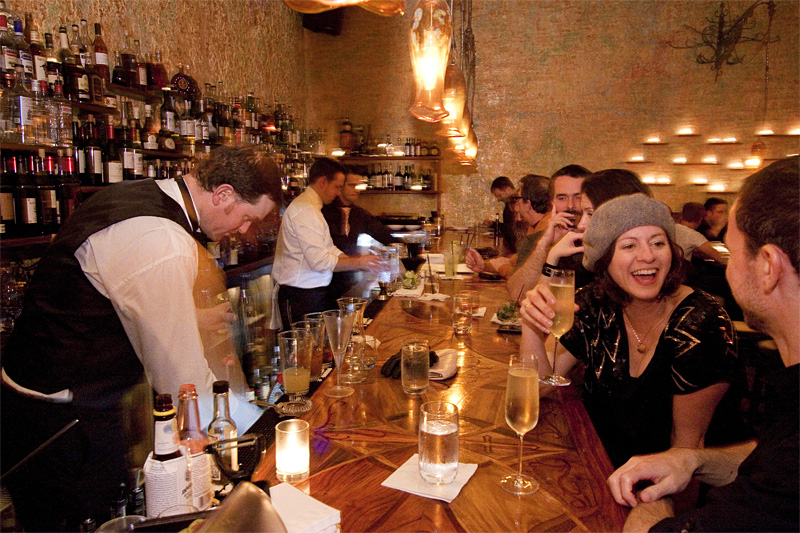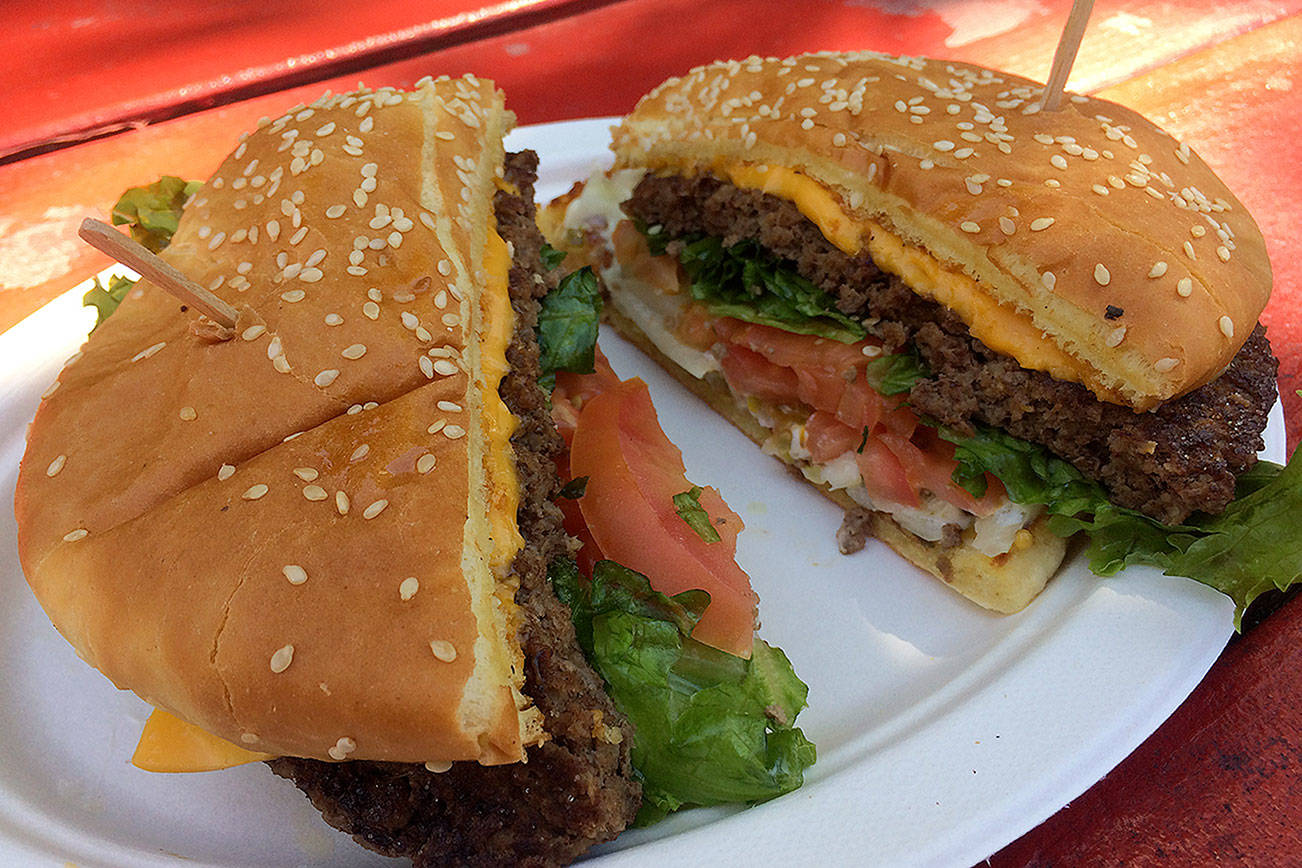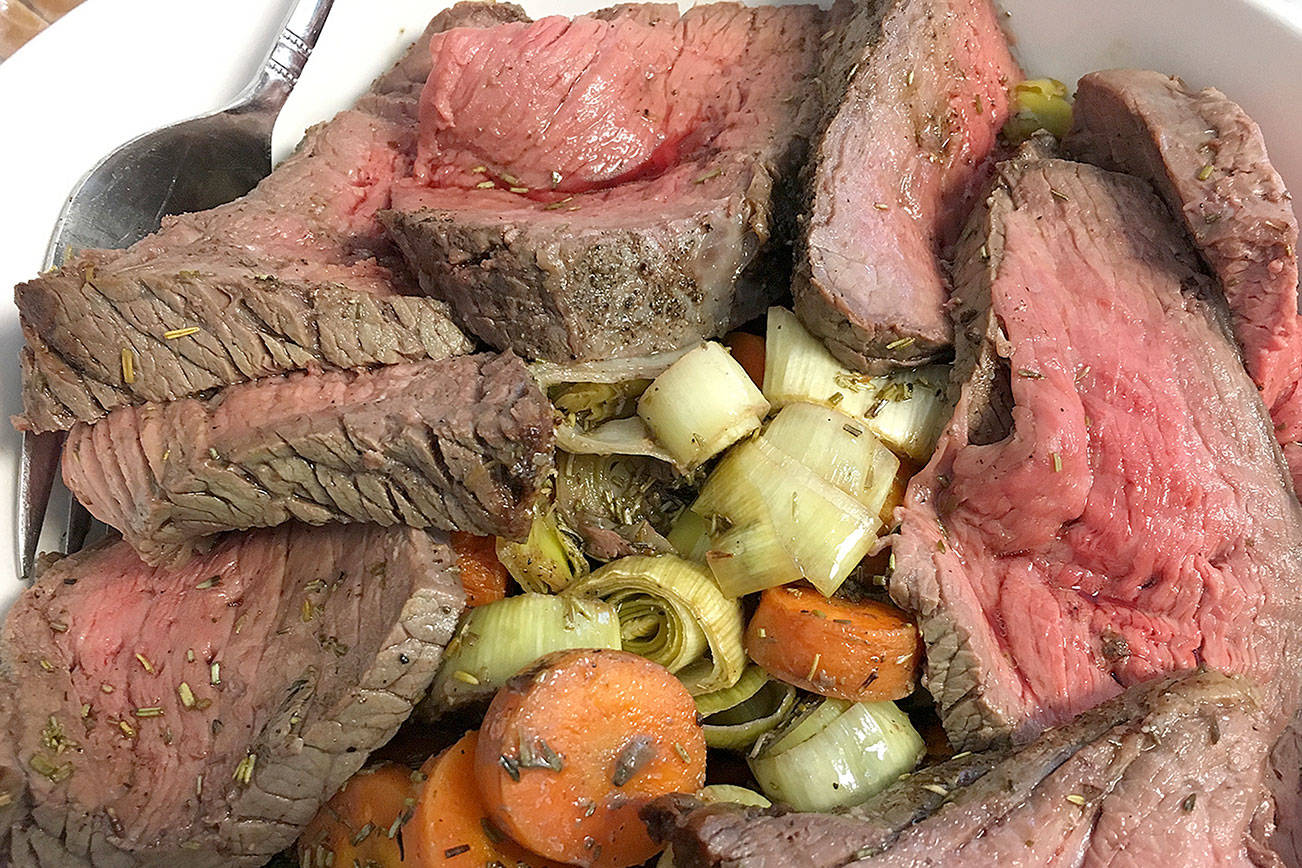I am not comforted by comfort food. I do not like meatloaf. I do not crave macaroni and cheese. Fried chicken isn’t soothing—it’s a guilty thrill. I always figured that I never took solace in mashed potatoes because my tastes have drifted so far afield. Then one sunless day last month, I was walking home from work, feeling a bit unraveled, and I realized there was nothing in the world I wanted more than a plate of tempeh and brown rice.
Suddenly, my indifference to meat and potatoes made sense. While some food writers trace their gourmandism to dinners at Le Pavillon, mine started with granola bars and homemade yogurt. In the 1970s, the liberal Mennonite community I grew up in raised their fists in the brown-rice revolution. My parents never milked their own goats or washed our hair with beer and honey, but they were just as likely to feed us stewed lentils as they were rump roast, and I spent many post-kindergarten afternoons hanging out with my mom at the food co-op. Though I whined that she wouldn’t buy Velveeta for a proper grilled-cheese sandwich, at least I had it better than my best friend, Nicole, who was forced to bring three-bean salad to school in a mason jar for lunch and was restricted to carob candy. A decade later, almost all of my circle of friends at college went veg at one point or another, and we’d make special trips from St. Paul to Minneapolis to eat at the collectively run New Riverside Cafe or cook bean dishes for one another out of The Moosewood Cookbook.
Perhaps it was time to reclaim my inner hippie.
The moment I walked into Sunlight Cafe in Ravenna, I felt my ribs unclench and my shoulders soften. The place has everything I miss from my childhood, except ferns: wood-paneled walls and wooden chairs, Native American art, a stained-glass teapot suncatcher in the front window, clunky white ceramic plates. Though sparer and cleaner than frizzy, funky places like the New Riverside Cafe (long gone, my Minnesota sources tell me), the room retains some of that hobbit-y 1970s coziness that no subsequent era of interior design has ever been able to evoke. Our waiter looked like he’d clipped his ponytail at age 55 and was still missing the feel of it against his shoulders.
Sunlight’s owners, Joe and Margaret (they prefer not to give last names), opened the restaurant with five other partners 30 years ago, when their only competitors were Golden Temple, a Sikh restaurant, and Mother Morgan’s on Capitol Hill, neither of which endured very long. Funnily enough, they now occupy the same unique niche that they did back then. Now that Seattle’s vegetarian scene is among the country’s most diverse, most of the cafe’s “competitors” are doing raw foods (Chaco Canyon), post-punk diner (the Globe, Wayward Cafe), fake-meat Asian (Teapot, Noodle Bowl), or white-tablecloth (Cafe Flora, Carmelita). (You could argue that Fremont’s Silence-Heart-Nest is mining the same 1970s vein, but apart from its trademarked Neat Loaf, I found the menu primarily classic Americana, with a sub of soy bacon.) Here or there a dish on Sunlight’s menu has changed over the course of three decades, Joe says, but most have been there from day one, and he has no interest in going vegan, meaty, or gourmet. Why would he? On both my visits, the place was at least half full.
Every plate that arrived fulfilled every hope I could muster. Did the nutburger come on a whole-wheat bun? Naturally. Did the salad come sprinkled with sunflower seeds? Of course. Did every plate come with sprouts? Yes, indeed, it did.
Nostalgia may have made my friend and I order a tofu burger, which was seasoned just enough to enhance its bland tofu-ness, but the caramelized onions smothered on top of the inch-thick slab made us finish it. A fantastic lentil-zucchini chili was reddened with enough tomatoes, cumin, coriander, and dried chiles to make it taste as vivid as its coloring. The “garden vinaigrette” on my salad, thick and sweet from pureed vegetables, coated each leaf/sprout/seed with bold flavor. There’s no reason why Garden or Boca should be more famous than Sunlight’s spicy, delectable nutburger.
A couple of dishes reminded me of how much vegetarian fare has evolved, and why. A plate of brown rice with steamed vegetables, with a little soy drizzled over everything, tasted as spartan as the description sounds. Though both rice and vegetables were well cooked, if I ordered the dish again, which I’d do only if I was on a colon cleanse, I’d spend the extra buck for lemon-tahini sauce. A tostada—really a shredded-cheese salad with a fried-tortilla base—reminded me what we in the northern states thought Mexican food was back in 1977. Yet the cooks had clearly thought about the flavors, adding incongruous black olives to the well-seasoned black beans to replace the kick of lime juice or a real salsa, and topped the dish with crisp green lettuce and the ripest tomatoes I’ve spotted in April.
Sunlight packs its dessert case with whole-grain cookies, pies, cheesecakes, and even homemade granola bars. The best dessert might be the sesame crunch waffle the cafe introduced to Seattle many years ago, which on weekend mornings is still so popular that the air grows thick with its sweet, nutty aroma.
Old-fashioned health food satisfies some deeper need in me—and not the one for self-congratulation. Perhaps my childhood memories have more poignancy than they used to. Or the nutty, earthy complexity of brown rice, tahini-enriched sauces, and whole-grain breads appeals more to my adult palate. A regular diet of hippie comfort food would be grueling. To never eat it again would be an inconsolable loss.






